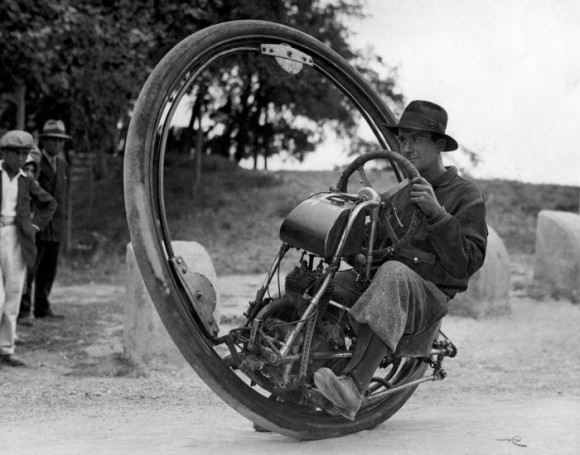
The notion of UX design has been thrown around a lot in the web for the last few years. User experience is important, that’s easy to understand. The last time you had a negative experience at a restaurant or hotel did you go back? On the web it is no different, especially in a space where millions of people are landing on new websites for the first time every single day. If they have a bad experience they will probably never return. But the kind of design that I want to talk about is for the user who is already actively interacting with your product. Have you ever wondered if you designed it the best way possible? Why does that even matter if users are actively using it every day?
There is a guy named Timothy Prestero, graduated from MIT, who set out to solve a really important problem. Over 4 million babies are dying every year around the world for completely preventable reasons. Turns out half of those kids would make it, if you could just keep them warm. When Timothy, along with his team, created a solution it got on the cover of TIME magazine. Pretty good start, right?
Timothy quickly discovered that while they had created a really beautiful product designed to inspire, it never got used. In short, Timothy learned a really good lesson. Design a product so that it will be used, not so that it will win design awards. To do that he needed to change the way he thinks about design.
there’s no such thing as a dumb user,.. there are only dumb products.
We most often think of design as it relates to beauty. However, we need to think of design in multiple ways, including function. One of the things that Timothy learned is that “there’s no such thing as a dumb user,.. there are only dumb products.” We need to start creating products that are easy to use correctly, and hard to use wrong.
Have you ever noticed how programmers tend to create incredibly efficient code that is incredibly hard to use? Or how graphic designers often create truly stunning pieces without much thought into the real world ramifications.
Design matters a lot, it matters to users. Could you imagine how different an application like Photoshop would be if they created a product that was easy to use correctly and hard to use wrong. I’ve heard numerous conversations about the frustrations of Photoshop over the years.
Later, this same Timothy had another opportunity, this time to create a product to cure children of Jaundice. Apparently it’s very easy to cure. All you need to do is shine a blue light on an infant for a couple weeks. However, it’s also easy to use current products wrong. Because of it, children are needlessly dying. Timothy and his team designed their product so that it was easy to use right. The bucket only fits one child so the light covers all of the child and the design looks trustworthy so that doctors will trust it and use it.
Often when we think of design we focus on how it looks or what experience it gives the user. We know it’s a good design when it wins awards. However, people like Timothy are discovering that awards are not always the best way to judge design. Instead, if our goal is to create designs that make the world better then we need to focus on designing them to be used, not just to be admired.

